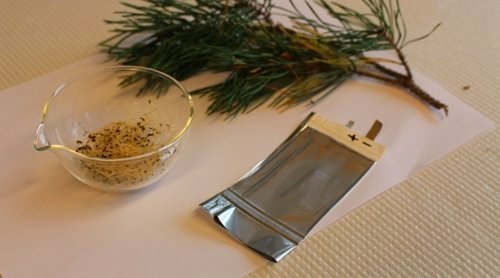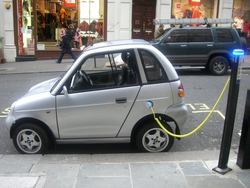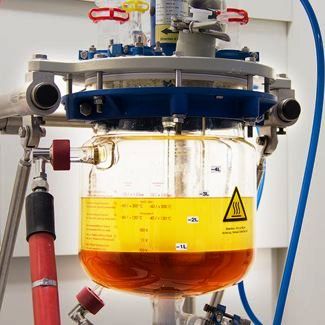Present-day lithium batteries are efficient but involve a range of resource and environmental problems. Using materials from alfalfa (lucerne seed) and pine resin and a clever recycling strategy, Uppsala University researchers have now come up with a highly interesting alternative. Their study will be presented soon in the scientific journal ChemSusChem.
“We think our discovery can open several doors to more environment-friendly, energy-efficient solutions for the batteries of the future,” says Daniel Brandell, Senior Lecturer at the Department of Chemistry, Uppsala University, one of the researchers behind the idea.

Lithium-ion batteries are, thanks to their high energy content, highly promising for various products – not least, electric vehicles or large-scale energy storage in the electricity grid – in the future energy system. But present-day lithium batteries entail a number of resource-related and environmental problems.
For a start, the world’s commercially extractable lithium resources are limited and whether they can meet future needs is unclear. Moreover, it is very difficult to recover lithium from the inorganic materials used to make modern batteries. What is more, lithium batteries contain other, even rarer materials that are hard to replace and require large energy inputs and toxic chemicals for the recovery process.
In their latest study, researchers at Uppsala University’s Ångström Laboratory have developed a whole new battery concept. The battery is based on recovery and renewable biological material with an energy content corresponding to that of current lithium-ion batteries. Components of the battery are made of renewable organic biomaterials from alfalfa and pine resin, and can be recycled with a low energy input and non-hazardous chemicals, such as ethanol and water.
Although present-day batteries contain non-renewable inorganic materials, this is not the first time batteries composed of renewable materials have been presented. But the recycling and recovery strategy is a wholly new concept. Constructing a new battery from a spent one is also feasible. In other words, a straightforward process enables it to be reused.
The scientists have shown that the lithium extracted from a spent battery can be used for a new battery: all that needs to be added is more biomaterial. Their battery proved capable of delivering as much as 99% of the energy output from the first. With future modifications, this figure can very probably become even higher, say the researchers.
Daniel Brandell adds, “The use of organic materials from renewable sources makes it possible to solve several of the problems that would arise from a huge rise in the use of lithium batteries. But above all, it’s a major step forward that, to a high degree and in a simple, environment-friendly way, the lithium from these batteries can be recovered. These solutions are also potentially very cost-effective.”
The research team also includes Professor Kristina Edström, who heads battery research at Uppsala University, and researcher Stéven Renault.
Check the following link to access the Full Research – “Environmentally-Friendly Lithium Recycling From a Spent Organic Li-Ion Battery”:
http://onlinelibrary.wiley.com/doi/10.1002/cssc.201402440/abstract
Source: Uppsala University.














